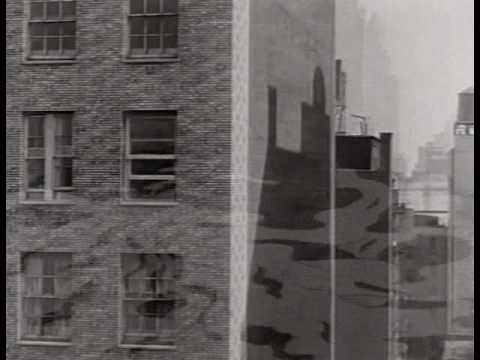Betty Boop made her first appearance on August 9, 1930, in the cartoon Dizzy Dishes; the sixth installment in Fleischer’s Talkartoonseries. Although Clara Bow is often given as being the model for Boop, she actually began as a caricature of singer Helen Kane. The character was originally created as an anthropomorphic French poodle.[10]
Max Fleischer finalized Betty Boop as a human character in 1932, in the cartoon Any Rags. Her floppy poodle ears became hoopearrings, and her black poodle nose became a girl’s button-like nose. Betty Boop appeared as a supporting character in 10 cartoons as a flapper girl with more heart than brains. In individual cartoons, she was called “Nancy Lee” or “Nan McGrew” – derived from the 1930 Helen Kane film Dangerous Nan McGrew – usually serving as a girlfriend to studio star, Bimbo.
Betty’s voice was first performed by Margie Hines, and was later performed by several different voice actresses, including Kate Wright, Bonnie Poe, Ann Rothschild (also known as Little Ann Little), and most notably, Mae Questel. Questel, who began voicing Betty Boop in 1931, continued with the role until her death in 1998. Today, Betty is voiced by Tress MacNeille, Sandy Fox and Cindy Robinson in commercials.
Betty Boop’s best appearances are considered to be in her first three years due to her “Jazz Baby” character and innocent sexuality, which was aimed at adults. However, the content of her films was affected by the National Legion of Decency and the Production Code of 1934.
The Production Code of 1934 imposed guidelines on the Motion Picture Industry and placed specific restrictions on the content films could reference with sexual innuendos. This greatly affected the Betty Boop cartoons.
No longer a carefree flapper, from the date the code went into effect on July 1, 1934, Betty became a husbandless housewife or a career girl, who wore a fuller dress or skirt. Additionally, as time progressed, the curls in her hair gradually decreased, she eventually stopped wearing her gold bracelets and hoop earrings, and she became more mature and wiser in personality, compared to her earlier years.
Right from the start, Joseph Breen, the new head film censor, had numerous complaints. The Breen Office ordered the removal of the suggestive introduction, which had started the cartoons because Betty Boop’s winks and shaking hips were deemed “suggestive of immorality”. For a few entries, Betty was given a boyfriend, Freddie, who was introduced in She Wronged Him Right (1934). Next, Betty was teamed with a puppy named Pudgy, beginning with Betty Boop’s Little Pal (1934).
